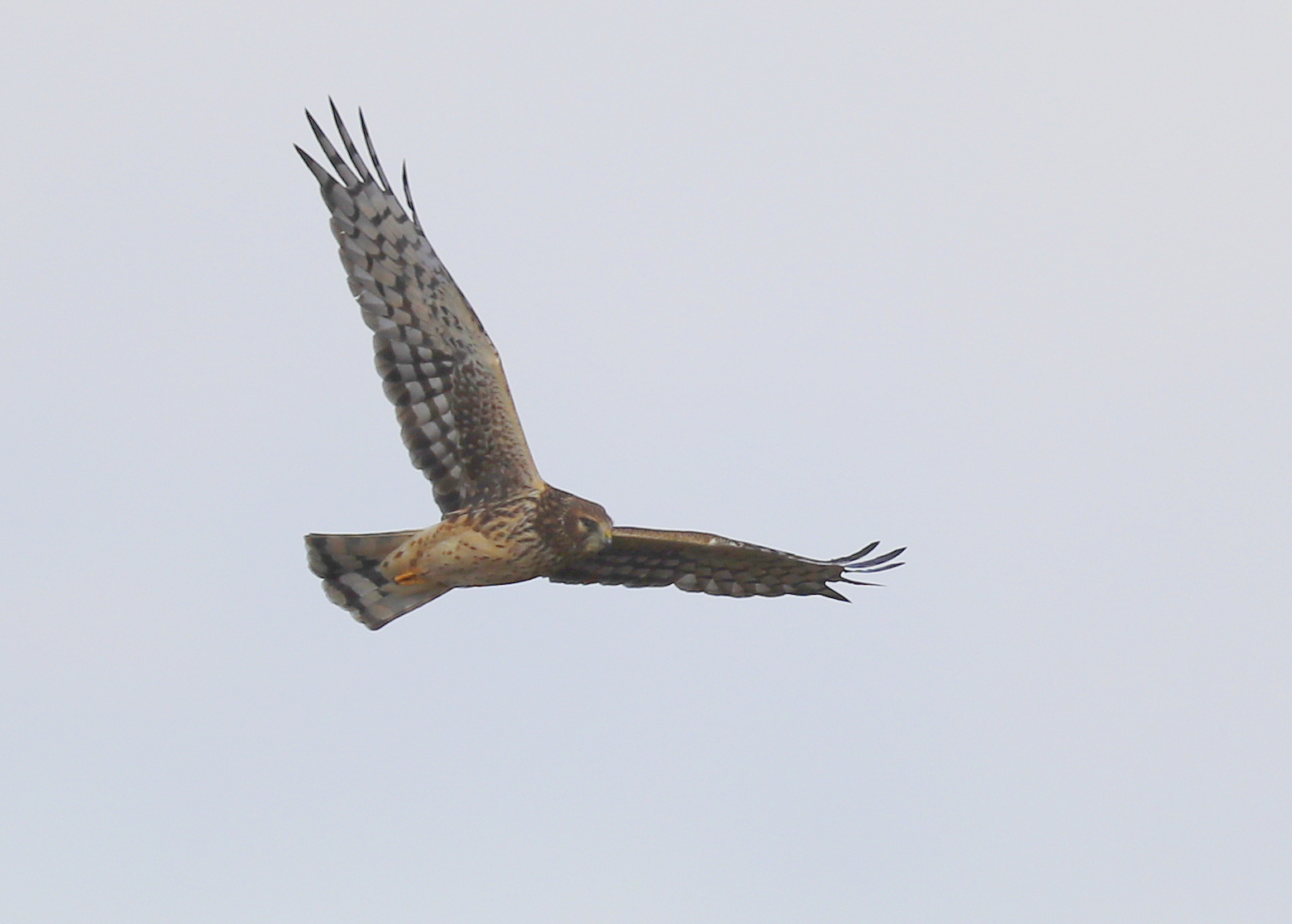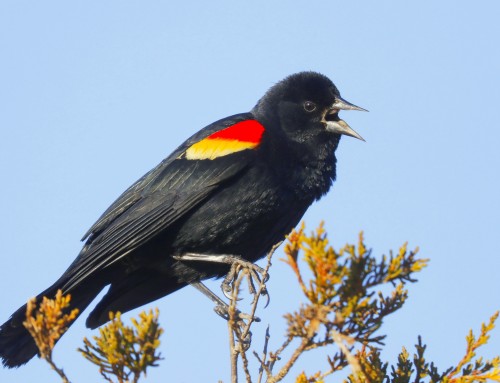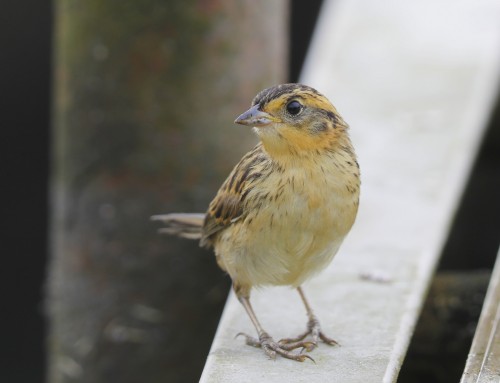Dec. 22, 2023: the Northern Harrier, a distinctive raptor, showcases unique flight patterns and hunting behaviors over Falmouth’s winter marshes. Flying low, hovering, circling, and utilizing slow, agile maneuvers, they adapt to marsh environments for ground hunting. Their seasonal movements around Falmouth offer a fascinating opportunity for observation. This Harrier was recently seen in the southeast corner of Little Pond off of Menauhant Road.
The Northern Harrier (Circus hudsonius) is a distinctive raptor known for its unique flight patterns and hunting behavior. In winter months on Cape Cod, these birds can be observed over marshy areas, exhibiting specific flight characteristics tailored to their hunting style.
1. Low Flight: Northern Harriers typically fly low over the marshlands, often just above the vegetation or water’s surface. This low-level flight allows them to spot and pursue their prey more effectively.
2. Hovering: One remarkable behavior of Northern Harriers is their ability to hover over one spot, aided by their long wings and a distinctive facial disk. This hovering behavior is an essential part of their hunting strategy, enabling them to focus on potential prey items in the marsh.
3. Circling and Gliding: Harriers are known for their graceful circling and gliding motions. They use the air currents to their advantage, soaring in circular patterns as they search for prey below.
4. Slow and Agile Maneuvers: Northern Harriers are adept at slow and agile flight, allowing them to navigate through the complex vegetation of marshy areas. This agility is crucial for pursuing and capturing small mammals and birds.
5. Low-Ground Hunting: In addition to their flight patterns, Northern Harriers are ground hunters. They often scan the marshes for movement while flying low, and when they spot potential prey, they dive down to capture it.
6. Distinctive Silhouette: The silhouette of a Northern Harrier in flight is quite distinctive. Their long tail and wings, along with a noticeable white rump patch, make them easily recognizable.
7. Seasonal Movements: During winter months, Northern Harriers may migrate to more temperate regions like Cape Cod in search of suitable hunting grounds. Their flight patterns would be influenced by the availability of prey and the winter weather conditions.
Observing the flight patterns of Northern Harriers over marshy areas in winter can be a rewarding experience, providing insight into their unique adaptations for hunting in these environments. Keep an eye out for their characteristic low flight, hovering, and agile maneuvers as they search for food in the coastal marshes of Cape Cod.







Leave A Comment
You must be logged in to post a comment.